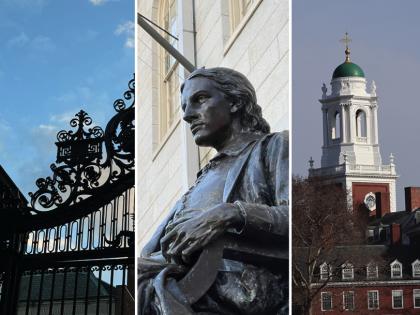Subway maps are abstractions that show a city’s transit links and the connections among stations. To present information as simply as possible, they pay little attention to actual distances or geography. Now Samuel Arbesman, a computational sociology fellow at Harvard Medical School, has applied that concept to the part of the universe we call home by creating a subway map of the Milky Way. The map is an attempt to make our galaxy more familiar, he says, and to “get people thinking about long-term possibilities in space.”
Why is an expert in healthcare policy making star maps? Arbesman says he is a great believer in the power of simple models to enhance understanding of complex systems; subway maps have long interested him. Inspiration in this instance came after hearing professor of physics and electrical engineering Paul Horowitz speak at a local screening of the movie Contact. Arbesman then reread the Carl Sagan book behind the film, in which Sagan (with whom Horowitz worked on the Search for Extraterrestrial Intelligence project) refers to an imaginary cosmic Grand Central Station at the center of the galaxy.
For his own map, Arbesman used the coloring and formatting of the London Tube (the “ur-map” of subway systems, he notes) as a template to show the routes an interstellar traveler would take to hop between stars. Each rail line on the map represents a spiral arm of the galaxy, and stations are thousands or tens of thousands of light years apart. There are some inside jokes: Levittown, “the quintessential suburb,” is one of the stops in the galactic boonies. Likewise, “our own solar system is way out in the suburbs,” he says, at the station called “Sol.”









